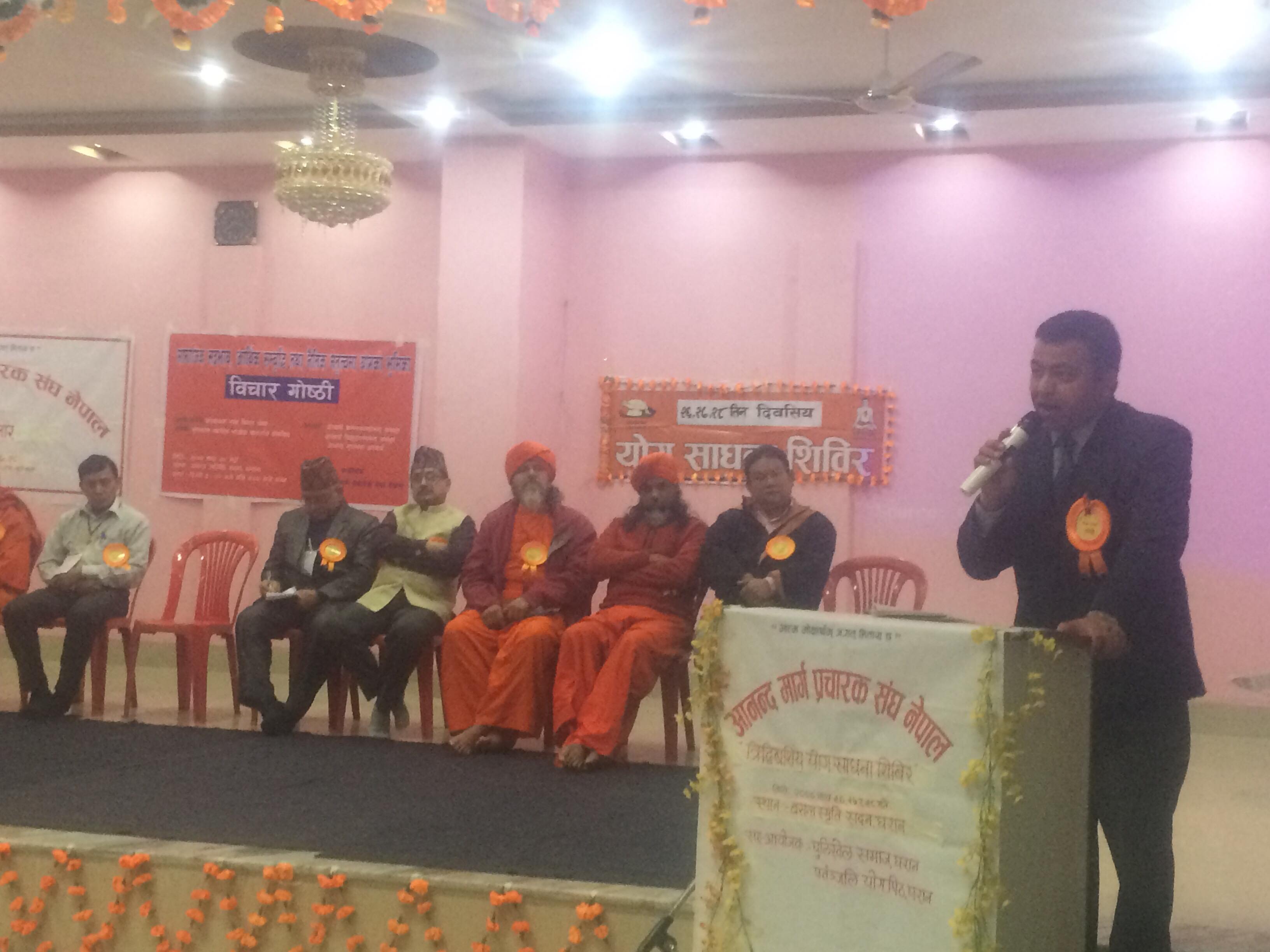Abstract
Introduction Dengue is an emerging public health problem across the globe. Almost 50% of world's populations are at risk. In Nepal, the first dengue case was reported in 2004. Three major epidemics have occurred since then: in the year 2006, 2010 and 2012. Since there is no specific treatment and vaccine available, awareness is vital to prevent and control it.
Objective This study aimed to assess dengue awareness and prevention practice among the people living in Haraincha Village Development Committee of Morang District in Eastern Nepal.
Methodology A community based cross-sectional study was conducted from th th 15 October 2013 to 30 November 2013. Data was collected from 122 households by means of interview using semi structured questionnaires and analyzed in SPSS.
Results Two percent had history of dengue contracted outside the country. Almost half were aware about dengue. Among them, 91.7% rightly said that dengue is transmitted during rainy season. The most common mode of transmission cited by them was mosquito bite (83.3%) and only two percent rightly said that biting species is Aedes. Ninety two Percent had wrong belief that stagnant dirty water was common breeding site. The common symptoms stated were fever (80%), headache (50%), myalgia (36%), and retro-orbital pain (7%). Almost 92% were aware that dengue is preventable and 68% knew that treatment is available. The common methods of control practiced were using bed nets (81.83%), spray (51.77%), coil (38.41%) and window-door screen (38.41%). Gender (p=<0.001), ethnicity (p=0.004), education (p=0.020) poverty (p=.006) and natural light inside the household (p=0.002) had significant association with respondent being aware of dengue.
Conclusion Dengue awareness was not adequate among the residents of Haraincha although preventive practices regarding vector control was noted.
Keywords
Awareness, dengue, eastern Nepal, practices





